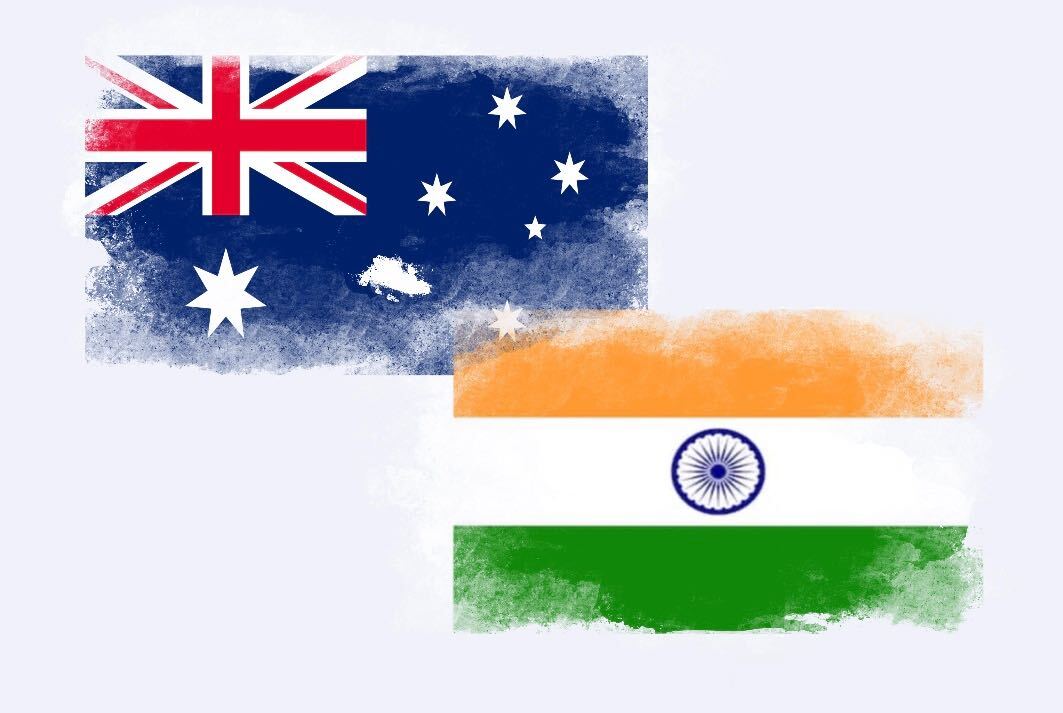
The COVID-19 pandemic has forced the world to switch to video conferencing, so much so that world leaders are opting for it too. India Australia bilateral relations held a virtual summit on June 4 in order to develop their bilateral ties. One of the major outcomes of this summit was the enhancement of Indo-Australia relations to the level of a Comprehensive Strategic Partnership (CSP).
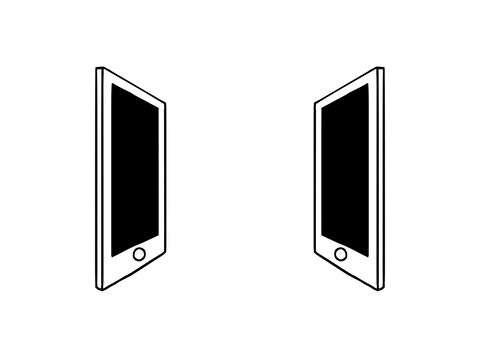
A cyber and cyber-enabled critical technology cooperation agreement on was finalised. This agreement aims at improving cyber resilience of several countries in the region through a joint fund creation. An agreement on mining and processing of critical and strategic minerals was also initiated. Keeping in mind the current scenario, the impact of the pandemic on global supply chains, the undisrupted supply of non-fuel minerals is crucial for India’s manufacturing sector. This agreement can further boost India’s efforts towards domestic production, especially in the automobile industry and electric car production.
According to a Press Release by The Australian Defence Ministry, As part of the India Australia bilateral relations Comprehensive Strategic Partnership announced by Australian Prime Minister Scott Morrison and Indian Prime Minister Narendra Modi, two landmark Defence Arrangements between Australia and India have been established. The Australia-India Mutual Logistics Support Arrangement and the ‘Defence Science’ and ‘Technology Implementing Arrangement’ enhance and deepen the Indo-Australia defense cooperation. Minister for Defence, Senator the Hon Linda Reynolds CSC said that India is a significant security partner for Australia. He added, “We have a strong shared interest in working together to support a stable and prosperous Indo-Pacific.”
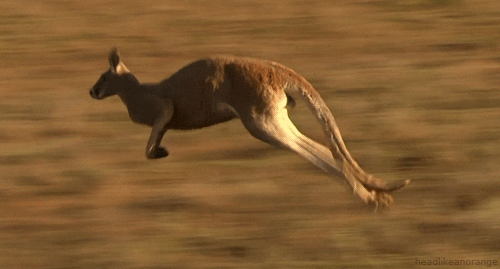
The Mutual Logistics Support Arrangement is signed to strengthen military interoperability, which in turn will enable increasingly complex military engagement and greater combined responsiveness to regional humanitarian disasters. It will further make way for carrying out cross-military exercises.

The Science and Technology Implementing Arrangement will facilitate improved collaboration between our defence science and technology research organisations, both of whom have made important contributions in response to the COVID-19 pandemic.
“We now have a solid framework for Indian and Australian defence organisations to enhance our research collaboration and develop defence capabilities that help maintain our technological edge in this era of rapid change and increasing threats,” Minister Reynolds added. He went on to say, “These arrangements reflect India and Australia’s strong commitment to practical global cooperation. We look forward to being able to recommence engagement in person as soon as circumstances permit.”

In 2015, The inaugural bilateral maritime exercise between India Australia bilateral relations, AUSINDEX15, took place, with an opening ceremony held in Visakhapatnam, India.
AUSINDEX 2019, featured anti-submarine warfare alongside coordinated aerial patrols over the Bay of Bengal.
According to an analysis by The Diplomat, Building on the personal relationship of Prime Minister Modi and Prime Minister Abbott, the Minister for Defence, the Honourable Kevin Andrews MP, recently visited India to further develop, with his counterpart Minister Manohar Parrikar, the Framework for Security Cooperation. Head Navy Capability, Rear Admiral Jonathan Mead, AM, RAN, joined India’s Flag Officer Commanding Eastern Fleet, Rear Admiral Ajendra Bahadur Singh,VSM, to mark the occasion.
“India is a key security partner in the Indian Ocean and Asia-Pacific,” RADM Mead said. “Both our navies have a mutual interest in promoting peace and prosperity in the Indian Ocean and this is a natural progression of our Navy-to-Navy relationship, given our shared maritime security interests,” he added. The Royal Australian Navy values the deepening engagement with the Indian Navy. He concluded by saying, “This will strengthen our relationship and further our ability to undertake regional joint and/or combined operations such as humanitarian assistance and disaster relief,” he said.

Earlier in July, Australia announced its latest Defence Strategic Update and Force Structure Plan. The Director of research for Diplomat Risk Intelligence, Ankit Panda decoded the two newly released Australian documents. “Defense Strategic Update” for 2020 offers insight into how recent developments have changed Australia’s defence requirements. Alongside this update, the Australian Department of Defense released a Force Structure Plan. In this sense, the Australian Defense Strategic Update could not be released at a more apt time — when Beijing is mired in ongoing standoffs with its neighbours in the Himalayas, the South China Sea, and the East China Sea. These factors existed in 2016 when the white paper was written, but the new update highlights unnamed countries pursuing interests “through a combination of coercive activities.”
In June, the Australian government dealt with a massive cyberattack targeting all levels of the administration, industry, education, essential services, critical infrastructure, and political organisations. Though no direct mentions were made, China is suspected to be responsible for this cyber attack. Prime Minister Scott Morrison said a malicious and sophisticated “state-based cyber actor” was behind the attack, adding that “there are not a large number of state-based actors that can engage in this type of activity”.
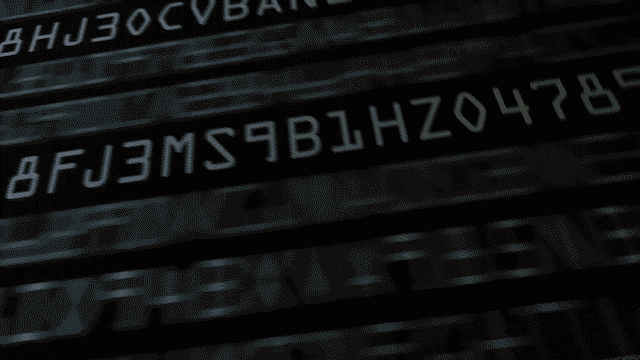
Peter Jennings, executive director of the Australian Strategic Policy Institute, told CNN there was a “95% chance that it is China who is responsible for this attack.” Recently, China imposed heavy tariffs on Australian exports like barley and beef.
Australia has voiced out its opinion about an international investigation into the origins of the Covid-19 pandemic. Australia has shown its support towards India in recent times, as it backed India’s calls for reforms of the World Health Organization for its initial handling of the crisis. India and Australia have also spoken about working together to shape the post-COVID world order.

